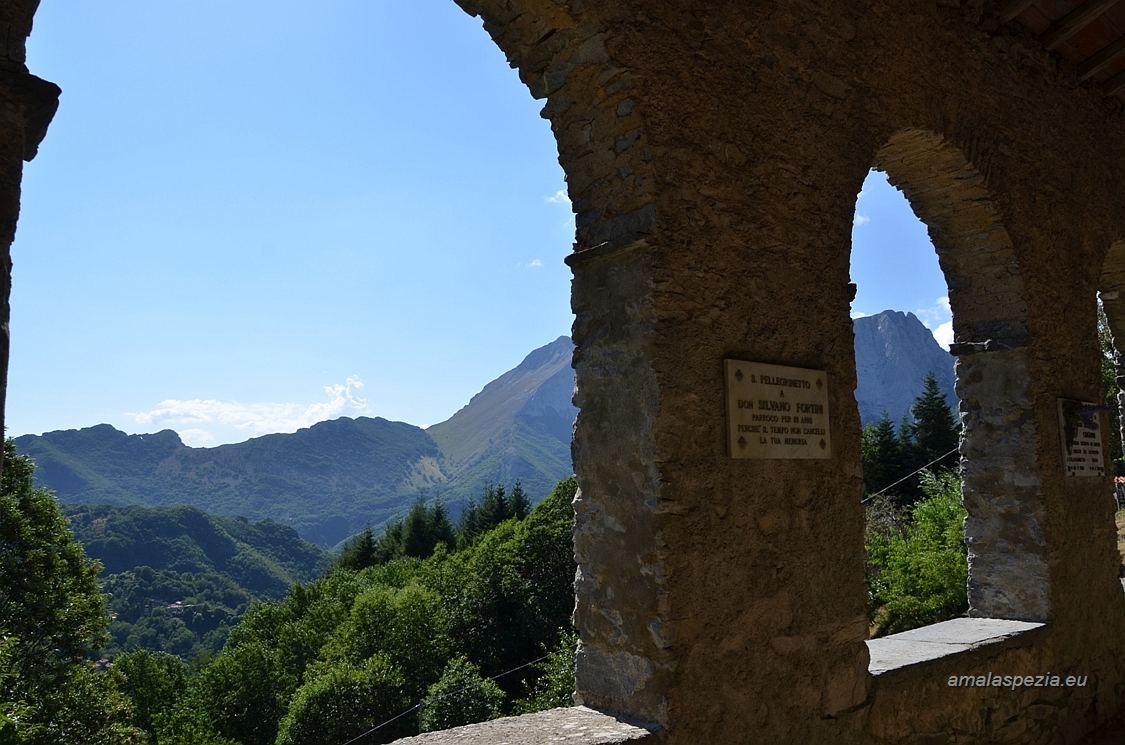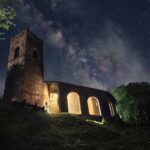Description
S. Pellegrinetto was originally called Alpe di Trassilico (in Montibus Trassilici), perhaps because it was dependent on the parish of Trassilico. It assumed the name S. Pellegrinetto after the construction of a church, named after S. Pellegrino: the first settlement that would later constitute S. Pellegrinetto is traced back to the early 1400s. Several sheepfolds, scattered in the vicinity of water sources and meadows conducive to 'cattle breeding, were transformed into simple dwellings by the local shepherds who settled there.
Still today, testifying to this probable origin, it can be seen that S. Pellegrinetto is not formed by a single agglomeration of dwellings, but rather by several nuclei of scattered houses, located in the places where the sheepfolds stood, each distinguished by its own name. In 1680 the population of the Alpe di Trassilico, by then increased, felt the need to have its own church and began work on its construction on a clearing on Mount Three Horns, at the point closest to the multiple inhabited nuclei. It was built at the expense of the men of the 'Alpe and dedicated to Our Lady of Mount Carmel and St. Peregrine. It appears that the addition of the chancel in the church of S. Pellegrinetto, an intervention needed only fifty years after its construction due to the increased population, was in 1734. On November 12, 1741, the oratory of San Pellegrinetto by decree of the Archbishop of
Lucca, Fabio Colloredo, was changed to a curate church and in 1772 it had a baptismal font. 1786 seems to be the year in which the bell tower was erected, since in a stone inserted into the structure appears the inscription, " a. d. 1786 hoc opus populi charitas fecit ".
A beautiful mountain village from which you can admire some of the beauties of this area such as the Panie group and Mount Forato.

